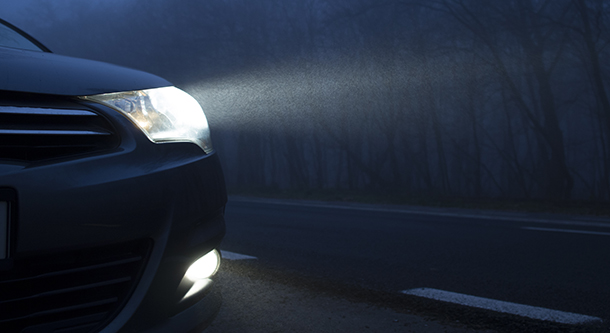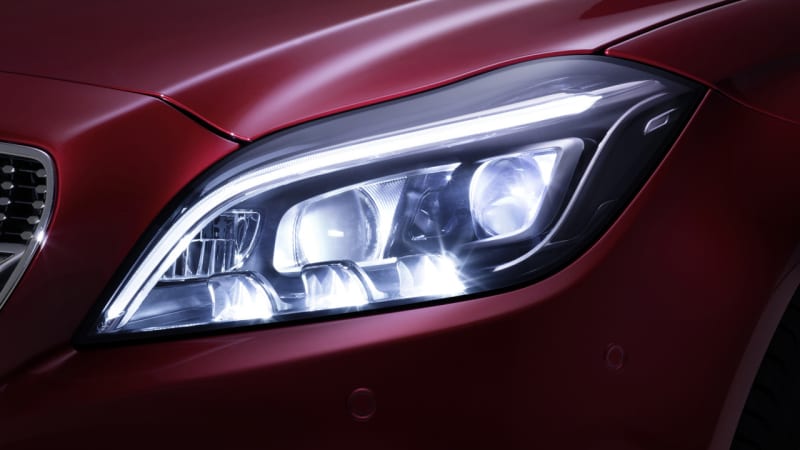All about Hikari Led Headlight
Table of ContentsHow Hikari Led Headlight can Save You Time, Stress, and Money.Hikari Led Headlight Fundamentals Explained
A research study experiment performed in the UK in 1968 using tungsten (non-halogen) lamps found that visual skill has to do with 3% better with selective yellow headlamps than with white among equivalent strength. Research study carried out in the Netherlands in 1976 concluded that yellow and white headlamps are equivalent as relates to traffic safety, though yellow light causes less discomfort glare than white light. hikari led headlight.Selective yellow headlamps are no longer common, but are allowed in different countries throughout Europe [] as well as in non-European locales such as South Korea, Japan and New Zealand. In Iceland, yellow headlamps are permitted and the lorry guidelines in Monaco still officially need selective yellow light from all automobiles' low beam and high beam headlamps, and fog lamps if present.
The mandate for yellow headlamps was enacted to minimize motorist fatigue from pain glare. The requirement at first applied to vehicles registered for roadway use after April 1937, but was intended to encompass all lorries through retrofitting of selective yellow lights on older lorries, from the start of 1939. Later on phases of the implementation were interrupted in September 1939 by the outbreak of war. [] The French yellow-light mandate was based on observations by the French Academy of Sciences in 1934, when the Academy recorded that the selective yellow light was less stunning than white light which the light diffused less in fog than green or blue lights. [] Yellow light was acquired by dint of yellow glass for the headlight bulb or lens, a yellow coating on a colourless bulb, lens, or reflector, or a yellow filter between the bulb and the lens.
The required was in result until December 1992, so for many years yellow headlights visually significant French-registered cars any place they were seen, though some French motorists are said to have changed to white headlamps in spite of the requirement for yellow ones. The requirement was criticised as a trade barrier in the vehicle sector; French political leader Jean-Claude Martinez explained it as a protectionist law.
More usually, country-specific car technical regulations in Europe were regarded as a costly nuisance. In a survey published in 1988, car manufacturers provided a series of responses when asked what it cost to supply a cars and truck with yellow headlamps for France. General Motors and Lotus said there was no additional cost, Rover stated the extra expense was limited, and Volkswagen said yellow headlamps included 28 Deutsche Marks to the expense of vehicle production - hikari led headlight.
An arrangement in EU Council Directive 91/663, released on 10 December 1991, specified white headlamps for all new car type-approvals given by the EC after 1 January 1993 and stated that from that date EC (later EU) member states would not be allowed to refuse entry of a lorry fulfilling the lighting requirements contained in the amended documentso France would no longer be able to refuse entry to a lorry with white headlights.
Hikari Led Headlight for Beginners
Though no longer needed in France, selective yellow headlamps remain legal there; the present guideline states that "every motor vehicle must be geared up, at the visit here front, with 2 or 4 lights, developing in a forward instructions selective yellow or white light allowing efficient lighting of the roadway in the evening for a distance, in clear conditions, of 100 metres".
Fresnel and prism optics moulded into the headlamp lens refract (shift) parts of the light laterally and vertically to provide the required light distribution pattern. Many sealed-beam headlamps have lens optics - her explanation hikari led headlight. Beginning in the 1980s, headlamp reflectors started to develop beyond the simple stamped steel parabola. The 1983 Austin Master was the very first car equipped with Lucas-Carello's homofocal reflectors, which consisted of parabolic sections of different focal length to improve the effectiveness of light collection and circulation. Depending on the development tools and techniques in usage, the reflector may be engineered from the start as a bespoke shape, or it may begin as a parabola standing in for the size and shape of the completed package. In the latter case, the whole surface area is customized so as to produce private segments of specifically calculated, complex contours.
Modern reflectors are typically made of compression-moulded or injection moulded plastic, though glass and metal optic reflectors likewise exist. The reflective surface area is vapour transferred aluminum, with a clear overcoating to avoid the incredibly thin aluminium from oxidizing. Very tight tolerances must be kept in the design and production of complex-reflector headlamps.
Headlamps that adequately illuminate the road ahead without causing glare have long been sought. The very first solutions involved resistance-type dimming circuits, which reduced the strength of the headlamps. This yielded to tilting reflectors, and later on to dual-filament bulbs with a high and a low beam. In a two-filament headlamp, there can just be one filament exactly at the focal point of the reflector.

